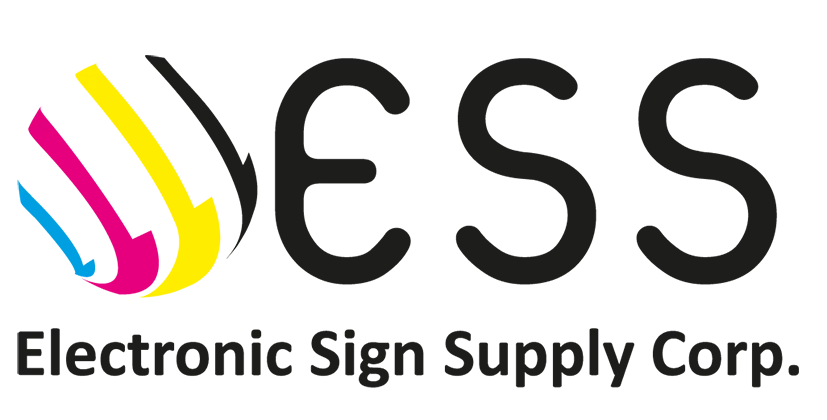Advantages of the DTF
- Digital system without the need for clichés.
- Low cost.
- Very soft and elastic finish.
- High durability. Resists more than 50 washes.
- It can be applied to any fabric regardless of its color.
- Wide variety of media.
Do I choose the DTF?
As we compare DTF to other textile customization techniques, we will need to consider different factors such as finishes, effects, touch, substrates on which we can apply it, and production times. We make a brief comparison and once you have assessed all this you can make the best decision.
DTF or thermal textile printing vinyl?
DTF, like thermal textile printing vinyl, offers us the possibility of working 100% digitally, without color limits and good resistance to washing.
In addition to this, the DTF facilitates the work process, since, after a print is made, the image will not have to be cut with a plotter and peeled, since we will only need to cut around the image and transfer it directly, providing us with designs with extremely fine details.
Due to the softer and more elastic finish and the time and labor savings, DTF becomes the best alternative to thermal textile printing vinyl.
DTF or DTG?
DTG (Direct to Gartment) is the direct printing process on the garment —cotton and cotton-polyester blend— with a CMYK + White ink system. This product offers unsurpassed quality and touch, since the ink completely fuses with the fabric, so it is perfect for the fashion industry.
Compared to DTF, the DTG process is slower, since it requires a pre-treatment of the textile, drying, the printing itself and another drying, while with DTF we skip the first two steps and can produce much more reducing our costs. In addition, with DTF we can customize on a wider variety of media.
DTF or screen printing?
DTF and screen printing are two completely different printing processes that can complement each other. This is because, for example, screen printing is capable of offering finishes that DTF is not yet possible, such as metallic, fluorine, glitter, etc. Inflatable etc
Depending on the volume and type of design we can choose one option or another.
If we are planning to make prints with very few colors and a large volume of work, the most effective option will be screen printing. However, if we have to print very complex designs and the production volume is not very high, we will use for the DTF since the production costs will be much lower.
Tips and recommendations
To prevent the elongation properties of the material from being lost, we recommend not raising the temperature of the oven too much.
To solve the satin effect that may occur after making the transfer, we recommend doing a second ironing.
At ESS we offer you personalized advice and everything you need to start printing with the DTF system. Ask us!

